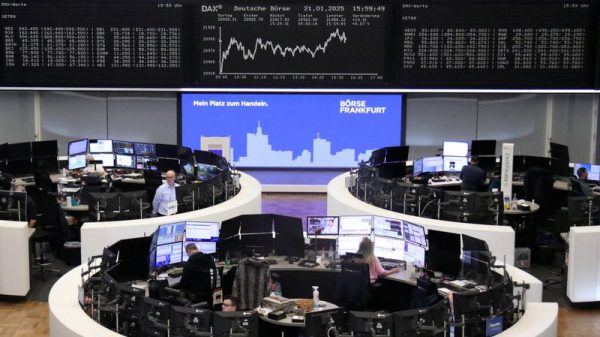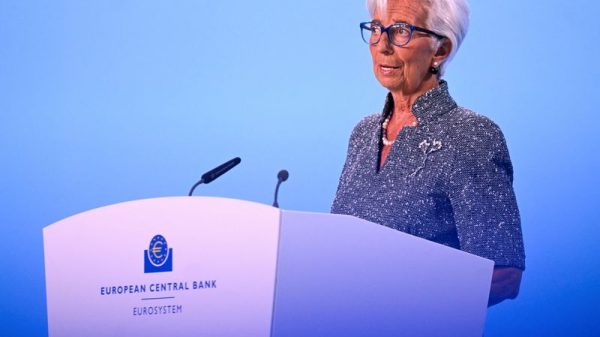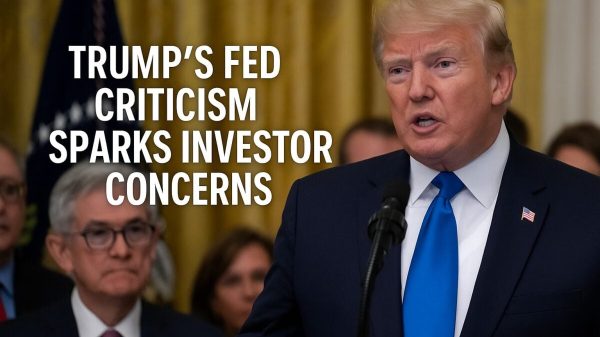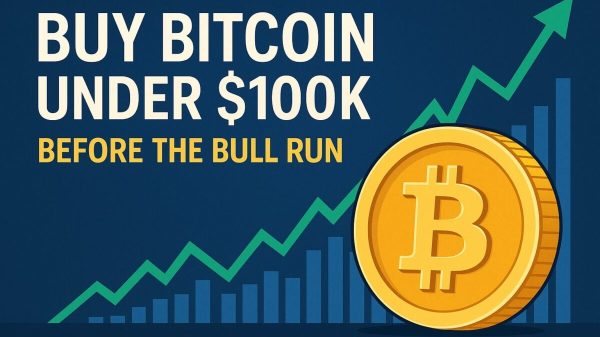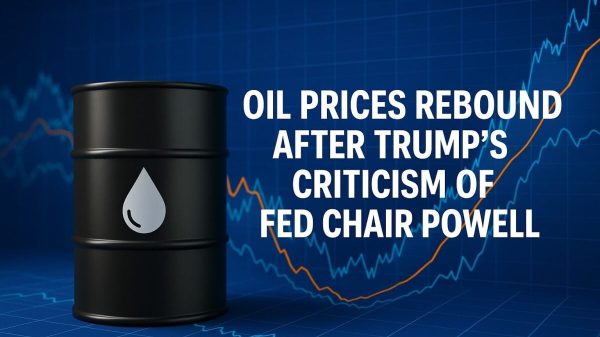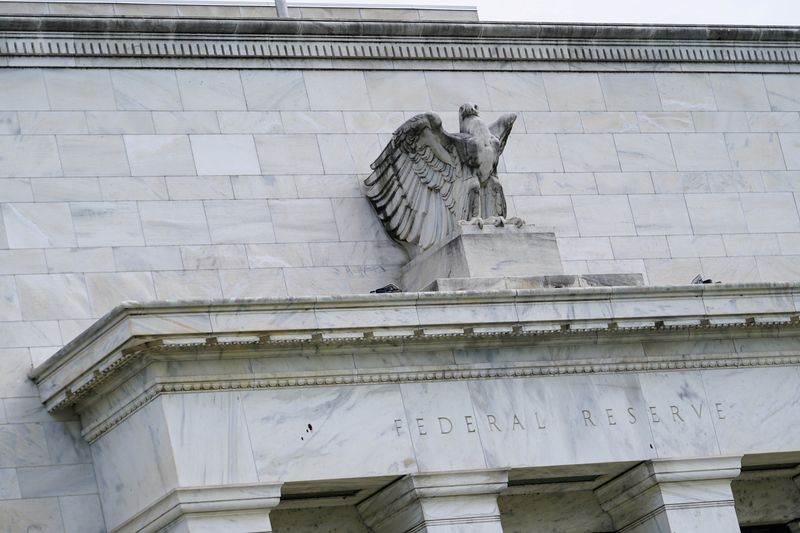By Jamie McGeever
ORLANDO, Florida (Reuters) – When Federal Reserve Chair Jerome Powell and his colleagues meet this week to discuss their next interest rate move, they’ll face a much more complicated situation than they did only two months ago, due to the historic rise in long-dated Treasury yields since the central bank’s jumbo rate cut on Sept. 18.
The 10-year Treasury yield has since shot up by around 70 basis points, sparking fears that the central bank is at risk of ‘losing control’ over the long end of the yield curve.
Granted, a large part of this spike in yields has been driven by so-called ‘Trump trades’, investors selling Treasuries in anticipation that Donald Trump will return to the White House and pursue extremely lax fiscal policy.
But it likely also reflects the solid economic growth and sticky inflation indicators seen in the United States since September, which have raised doubts about the wisdom of the Fed’s decision to start its easing cycle with a cut of 50 bps.
Of course, the Fed doesn’t actually have true ‘control’ over this part of the curve to begin with. The Fed’s main policy rate is an overnight interbank rate.
But investors do have faith that the Fed can exert some control over long-term borrowing costs, given the success of the smorgasbord of policies it has implemented since 2008 to do just that, including trillions of dollars in bond purchases, so-called quantitative easing; forward guidance; and a curve-shaping mechanism dubbed ‘Operation Twist.’
What happens if this belief in the Fed’s ‘control’ is challenged, and what might the central bank do to avoid this crisis of faith?
RAPID SPIRAL
Treasury yields are elevated, but not frighteningly so. The 10-year yield is currently around 4.30%, and the 30-year yield is near 4.50%.
If the Fed were to lose control of the long end of the curve, this situation could get a whole lot worse. Andy Constan, chief executive officer and chief investment officer at Damped Spring, posits that, in this scenario, markets could see the 10-year and 30-year yields spike above 5.50% and 6%, respectively.
The ‘term premium’ could jump to 100 bps from 25 bps currently, inflation expectations could be de-anchored, and the S&P 500‘s 12-month forward P/E ratio could fall to 16 from 22 today.
U.S. markets are currently a long way from Constan’s worst-case scenario, but what he’s highlighting is how quickly things could unravel.
“This is not a prediction. This is a potential consequence of the policy error made by both the Fed and Treasury if not dealt with rapidly,” he wrote recently.
“(Financial) conditions have been easy despite the focus on short-term real fed funds rates. Losing the long end of the bond market would be the tightening that causes the hard landing.”
PIVOT RISKS
So what might the Fed do to avoid finding itself in this perilous situation? It could pause its rate-cutting cycle this week or signal that it will pause in December. It may also reiterate its commitment to reducing its balance sheet and signal that the terminal rate is higher than previously thought.
But this hawkish pivot may not come naturally to Chair Powell, who has struck a dovish tone in his public comments over much of the last two years, even as the Fed was raising rates.
And a hawkish ‘pivot’ at this juncture is risky.
While U.S. GDP growth remains solid, cracks are starting to appear in the labor market. The paltry 12,000 jobs added in October may primarily reflect one-off exogenous events, but the previous months’ totals were revised down as well, indicating weakening conditions.
The Fed may also find that reducing its balance sheet isn’t as straightforward as it seemed a few months ago. The central bank’s ‘reverse repo facility’ (RRP) – often seen as a proxy for excess market liquidity – on Friday fell to $155 billion, the lowest level in three and a half years.
If the RRP is run down completely, the liquidity drained by further quantitative tightening wouldn’t be ‘excess’ liquidity but bank reserves. And the Fed will almost certainly be cautious about cutting into these to avoid a repeat of September 2019 when a sharp drop in reserves caused money markets to seize up.
Ultimately, the Fed won’t ‘lose control’ of the curve as long as buyers show up at either the increasingly large Treasury auctions or on the secondary market. So far, despite some recent wobbles, they’re continuing to do just that.
If they stop, the buyer of last resort would have to step in. Of course, that buyer is the Fed, underscoring why it’s so critical that markets not lose faith in this institution.
(The opinions expressed here are those of the author, a columnist for Reuters.)
(By Jamie McGeever; Editing by Andrea Ricci)



